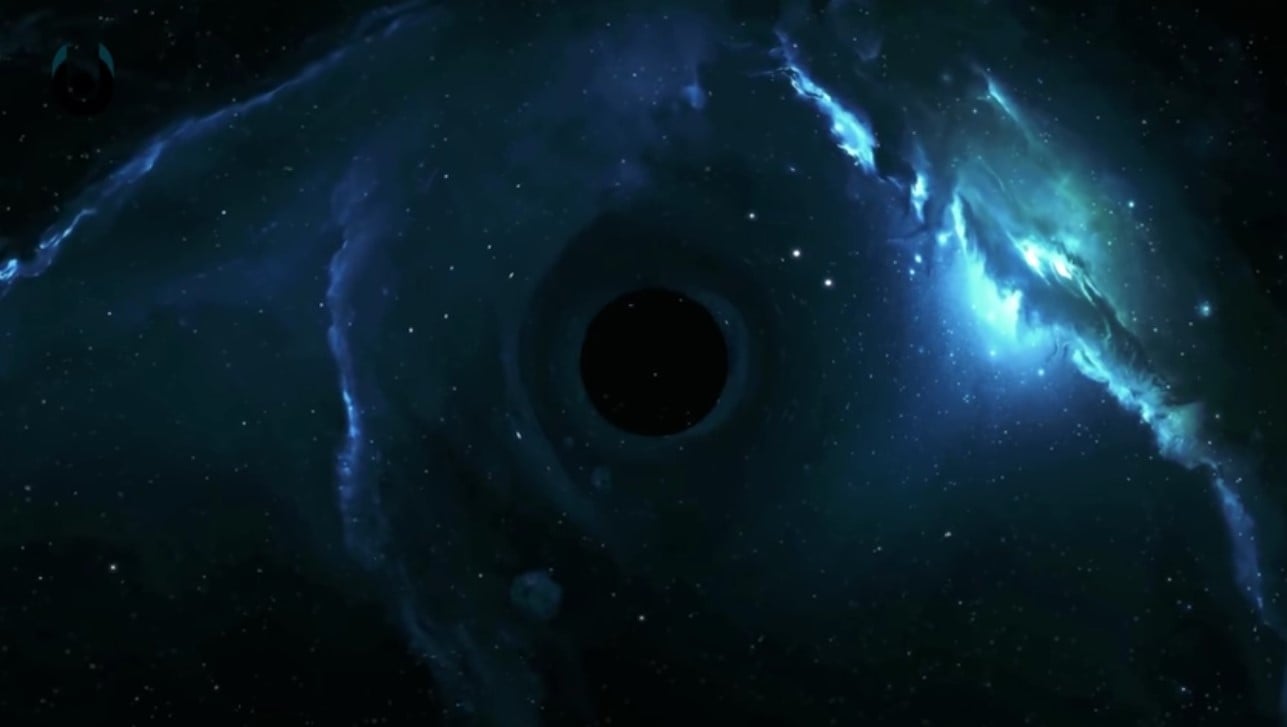Supermassive black holes, as their name suggests, have extremely large mass, and those that are located at the center of the galaxy can control star formation in large galaxies, thanks to their huge mass, according to a new study. Thanks to this research, scientists can explain the star formation in young galaxies.
Supermassive black holes located at the center of a galaxy is mainly the reason of the gravitational effect on the stars located in the galaxy. This effect can also be observed thanks to the energetic radiation from the galactic nucleus. In short, the energy, which radiates from the active galactic nucleus (AGN), could be hindering star formation by heating and dissipating the gas, which would normally condense into stars as it cools.
AGN is a small region which is located at the center of a galaxy, where the intensity of radiation across most of the electromagnetic spectrum is intensively higher, compared to the rest of the galaxy. Scientists believe that this radiation is produced when the supermassive black hole at the center of the galaxy starts to accrete matter and in that way can control star formation.
The theory of AGN interrupting formation of new stars lacked observational evidence, until Ignacio Martin-Navarro, a post doctoral researcher at the University of California, Santa Cruz and his team informed that they have the evidence which confirms it.
They published their findings in the journal Nature on Monday, and it looks at the massive galaxies, and the mass of the black holes located at the center of the galaxies that they already know about, and by analyzing the motions of the stars located near the galactic center.
“For galaxies with the same mass of stars but different black hole mass in the center, those galaxies with bigger black holes were quenched earlier and faster than those smaller black holes. So star formation lasted longer in those galaxies with smaller central black holes,” Martin-Navarro said in a statement on Monday. “We used black hole mass as a proxy for the energy put into the galaxy by the AGN, because accretion onto more massive black holes leads to more energetic feedback from active galactic nuclei, which would quench star formation faster.”
The co-author of the paper and professor of astronomy and astrophysics at UC Santa Cruz Jean Brodie said in the statement, “This is the first direct observational evidence where we can see the effect of the black hole on the star formation history of the galaxy.”
Any model which could explain how supermassive black holes can control star formation needs to account for the feedback from the supermassive black hole at the center of a large galaxy. Not even the recent observations can provide definite evidence on the feedback on the formation of stars and researchers are well aware of that.
“There are different ways a black hole can put energy out into the galaxy, and theorists have all kinds of ideas about how quenching happens, but there’s more work to be done to fit these new observations into the models,” Aaron Romanowsky, an astronomer at San Jose State University, said in the statement.





